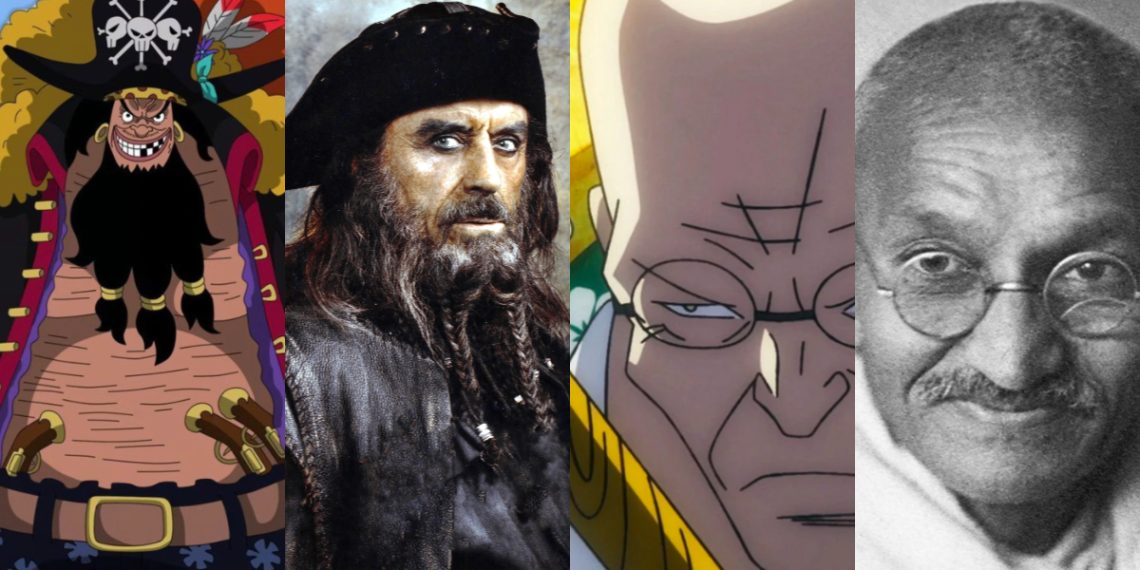For those immersed in One Piece, it may come as a surprise that many characters draw inspiration from real-life pirates and maritime figures. While casual fans might not be aware of these connections, dedicated enthusiasts who have gone into the series’ intricacies likely have an inkling.
Eiichiro Oda, the creative mastermind behind One Piece, has skillfully crafted numerous characters based on historical figures, particularly pirates.
Unraveling the identities behind these fictional personas requires thorough research, but Oda’s talent shines through in seamlessly integrating the legends of these real-life individuals into One Piece.
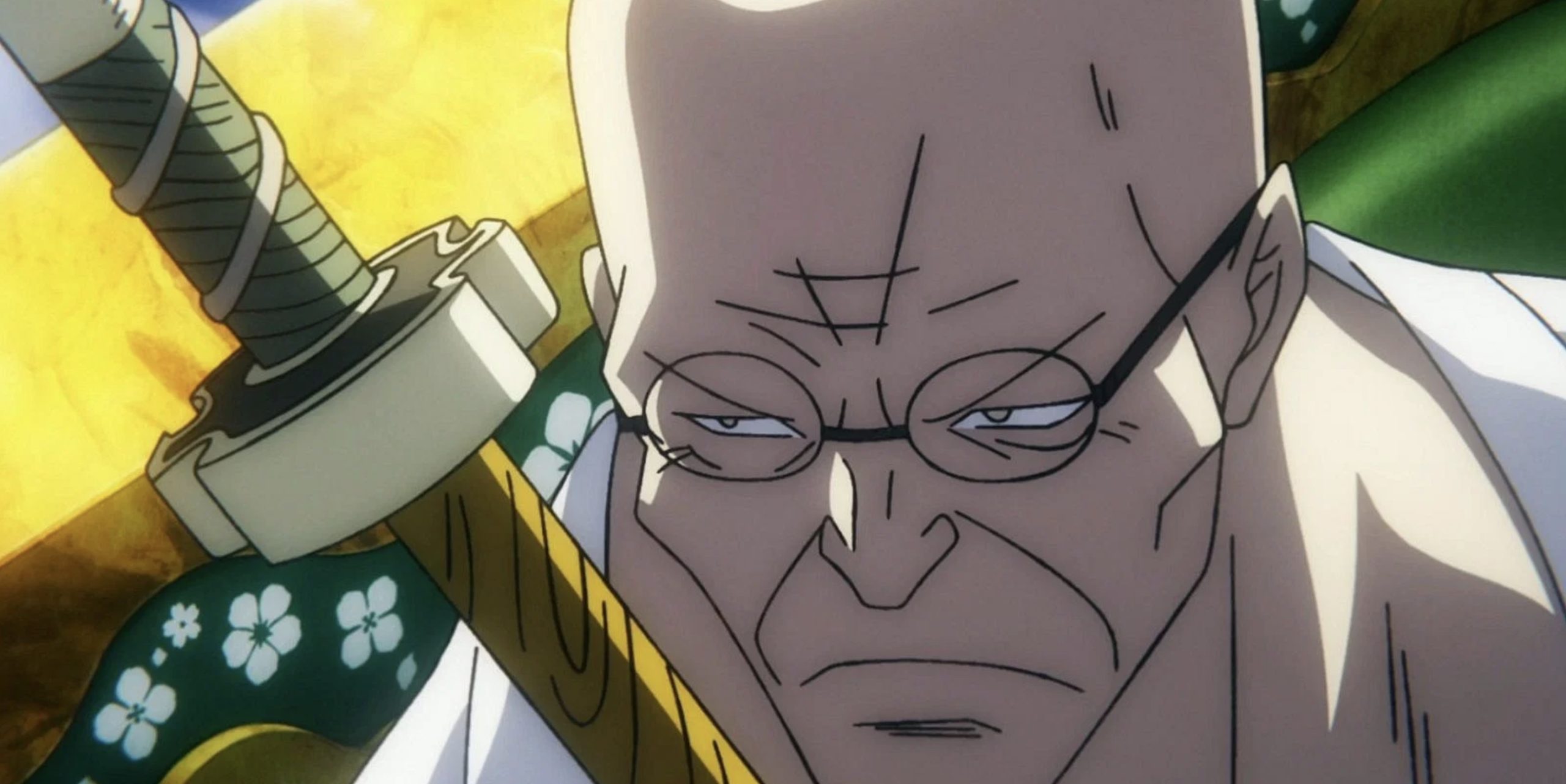
From notorious pirates to intrepid explorers, a diverse array of historical figures has served as the inspiration for Oda’s expansive cast of pirate characters.
Although identifying these real-life influences may require some digging, the rich characters in One Piece are witness to Oda’s ingenuity in blending fact with fiction.
As fans continue to explore the depths of the series, the connections to historical figures add another layer of depth and intrigue to the beloved One Piece.
Yorki and 19 Other One Piece Characters That Are Inspired By Real-Life Historical Figures
Here is a list of the top 20 characters in One Piece, inspired by historical persons in real life.
20. Yorki
Yorki, a renowned pirate from the era preceding the events of One Piece, is best known to fans through his association with Brook, a former member of his crew. As the captain of the Rumbar Pirates, Yorki earned the moniker “Calico” Yorki, a nod to his legendary status on the high seas.
The inclusion of “Calico” in Yorki’s nickname likely pays homage to Calico Jack, a notable English pirate captain born John Rackham.
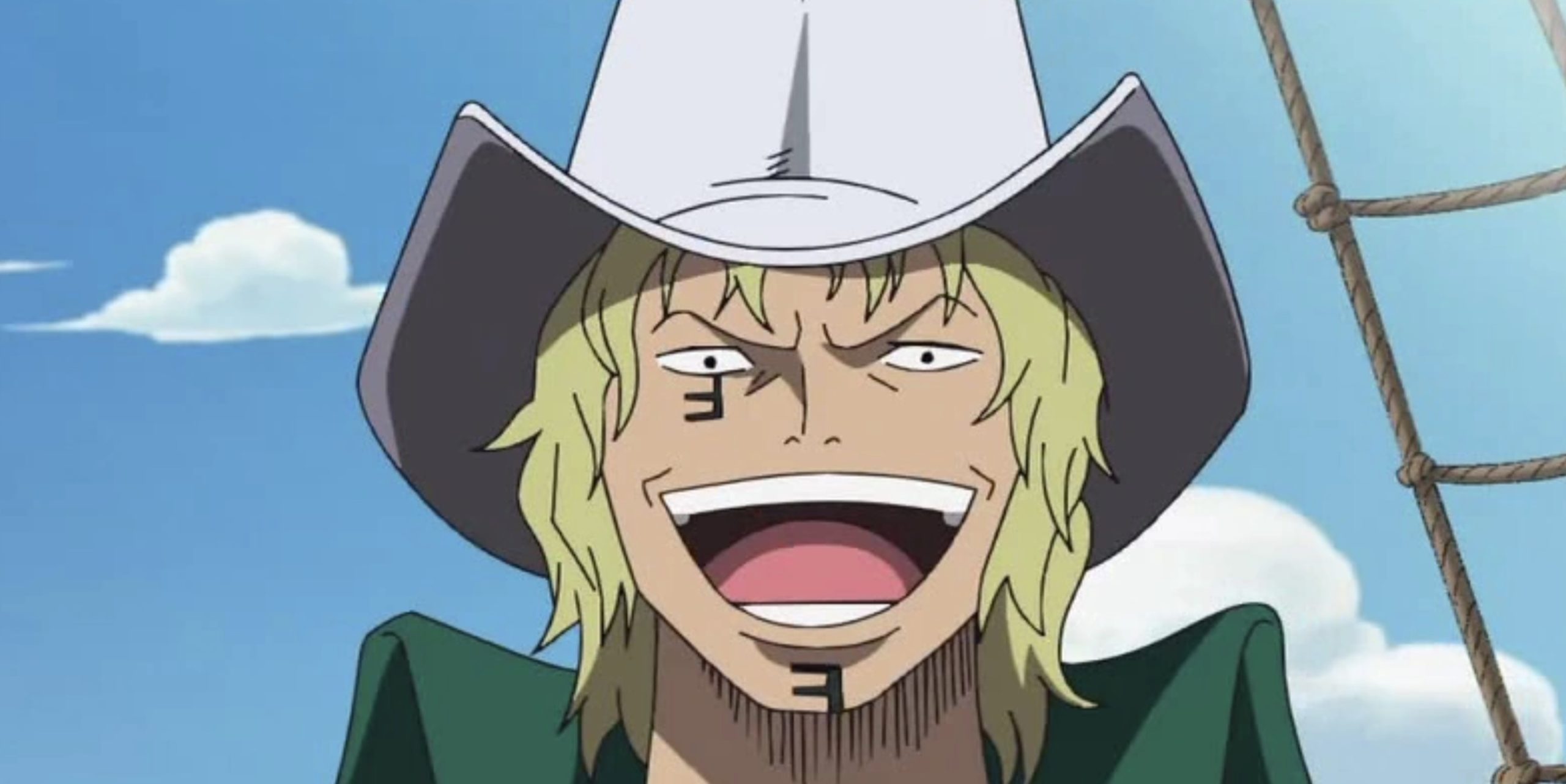
Operating during the early 18th century, Calico Jack carved out a fearsome reputation in the waters of the Bahamas and around Cuba, where he amassed considerable wealth through his piratical exploits.
Notably, Calico Jack crossed paths with another famed pirate, Anne Bonny, further cementing his place in maritime lore.
By drawing parallels between Yorki and Calico Jack, Eiichiro Oda infuses One Piece with echoes of historical piracy, enriching the backstory of characters like Brook and their affiliations.
Yorki’s legacy as a legendary pirate captain adds depth to One Piece’s expansive universe, underscoring the enduring allure of adventure and camaraderie on the high seas.
19. Yamato
Yamato’s debut in One Piece quickly endeared him to fans, thanks to his amazing design and his seamless integration with the series’ protagonists. Many fans harbored hopes that Yamato might eventually become a member of the Straw Hat crew.
In crafting Yamato’s character, Eiichiro Oda drew inspiration from the historical figure-turned-legend Yamato Takeru, who served as the 12th Emperor of Japan.
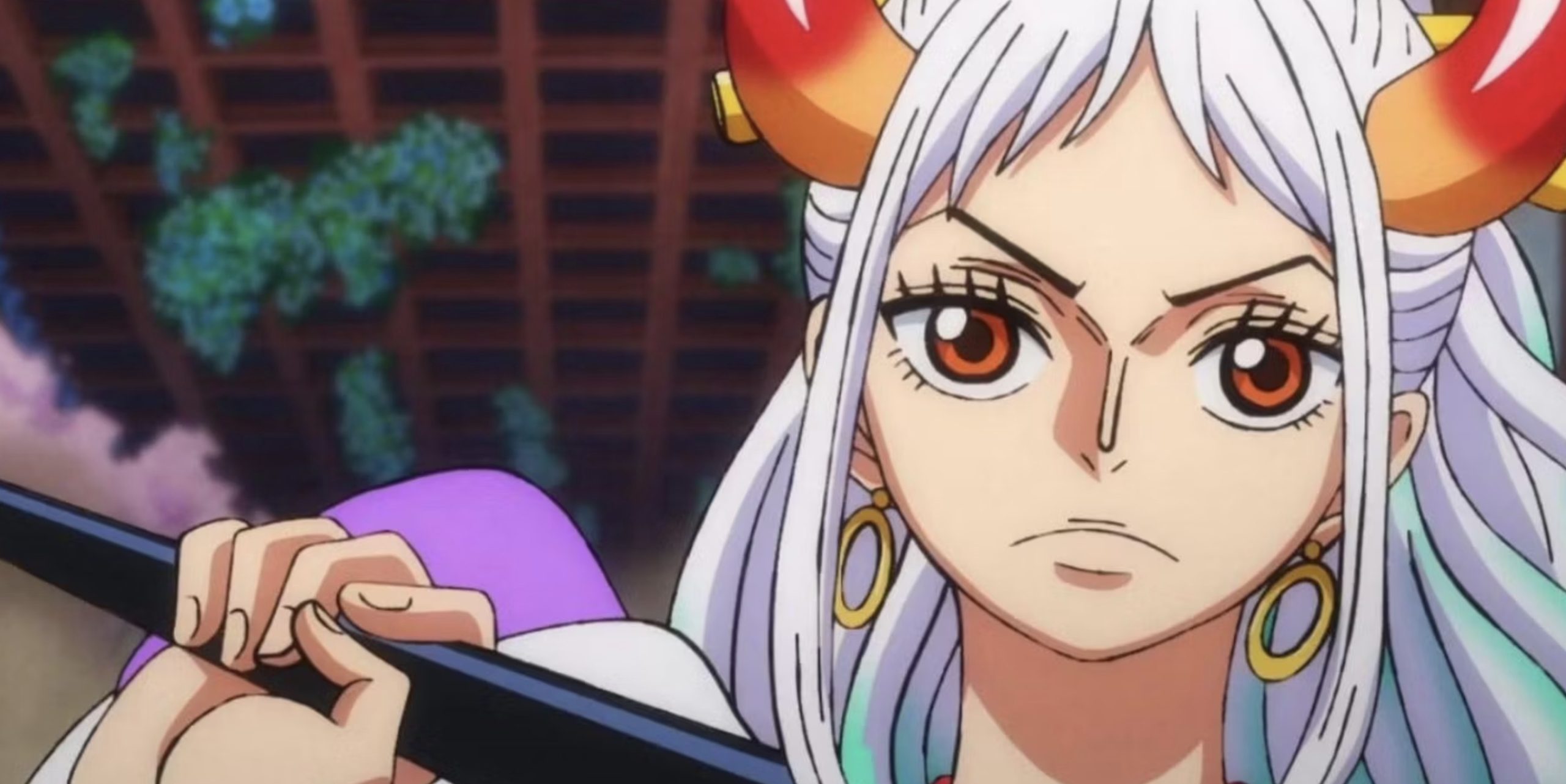
Historically known as Prince Ousu, Yamato Takeru began a journey of self-discovery and growth, compelled by his formidable father to venture forth and hone his skills. Similarly, Yamato in One Piece grapples with themes of self-identity and empowerment, echoing the legendary figure’s journey of transformation.
Both Yamato’s and Yamato Takeru’s narratives go into the subversion of gender norms and the forging of meaningful relationships, particularly with skilled swordsmen.
These parallels between fiction and history enrich the character of Yamato, adding depth and resonance to his role within the One Piece universe.
As fans eagerly anticipate Yamato’s future adventures, they are reminded of the enduring legacy of Yamato Takeru and the timeless themes that continue to amaze audiences across generations.
18. Zeff
Zeff, once known as “Red-Leg,” transitioned from a life of piracy to become the esteemed head chef of the Baratie. Despite leaving his days as the captain of the Cook Pirates behind, Zeff remained a formidable figure with a gruff yet caring demeanor, particularly towards his protege, Sanji.
As Sanji’s mentor, Zeff imparted invaluable culinary skills and served as a supportive father figure, a role far more nurturing than that of Sanji’s biological father, Judge.
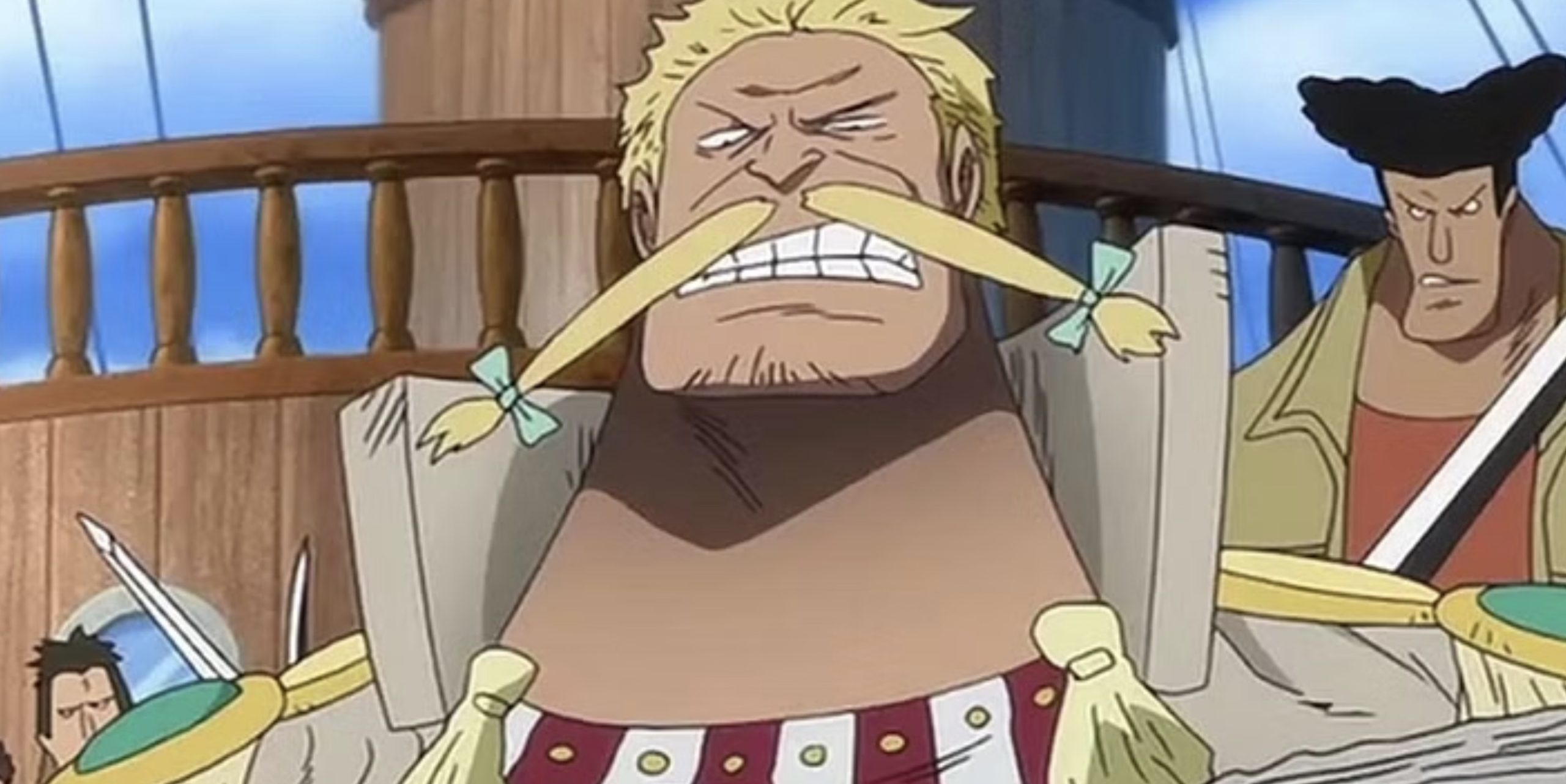
In crafting Zeff’s character, Eiichiro Oda likely drew inspiration from “Red Legs” Greaves, a Scottish buccaneer who roamed the Caribbean and West Indies during the 1670s.
Renowned for his prowess as a pirate, Greaves earned the moniker “Red Legs,” a title that echoes Zeff’s own nickname. While historical records regarding Greaves are scarce, his exploits and reputation as a successful pirate endure in maritime lore.
The parallels between Zeff and “Red Legs” Greaves underscore themes of adventure and redemption within the One Piece narrative.
Zeff’s transformation from a pirate captain to a revered chef reflects the journey of self-discovery and growth that many characters undertake in the series.
As a mentor and father figure to Sanji, Zeff’s influence leaves a lasting imprint on the young cook’s development, embodying the enduring bonds forged through shared experiences and mutual respect.
17. Cavendish
Cavendish, initially introduced as an antagonist to the Straw Hat Pirates, undergoes a significant transformation, aligning himself with Luffy’s cause over time. Despite his tendency towards pride and arrogance, Cavendish’s striking appearance and dual persona as Hakuba add depth to his character.
In crafting Cavendish’s character, Eiichiro Oda likely drew inspiration from Sir Thomas Cavendish, a renowned English explorer and privateer celebrated as “The Navigator.”
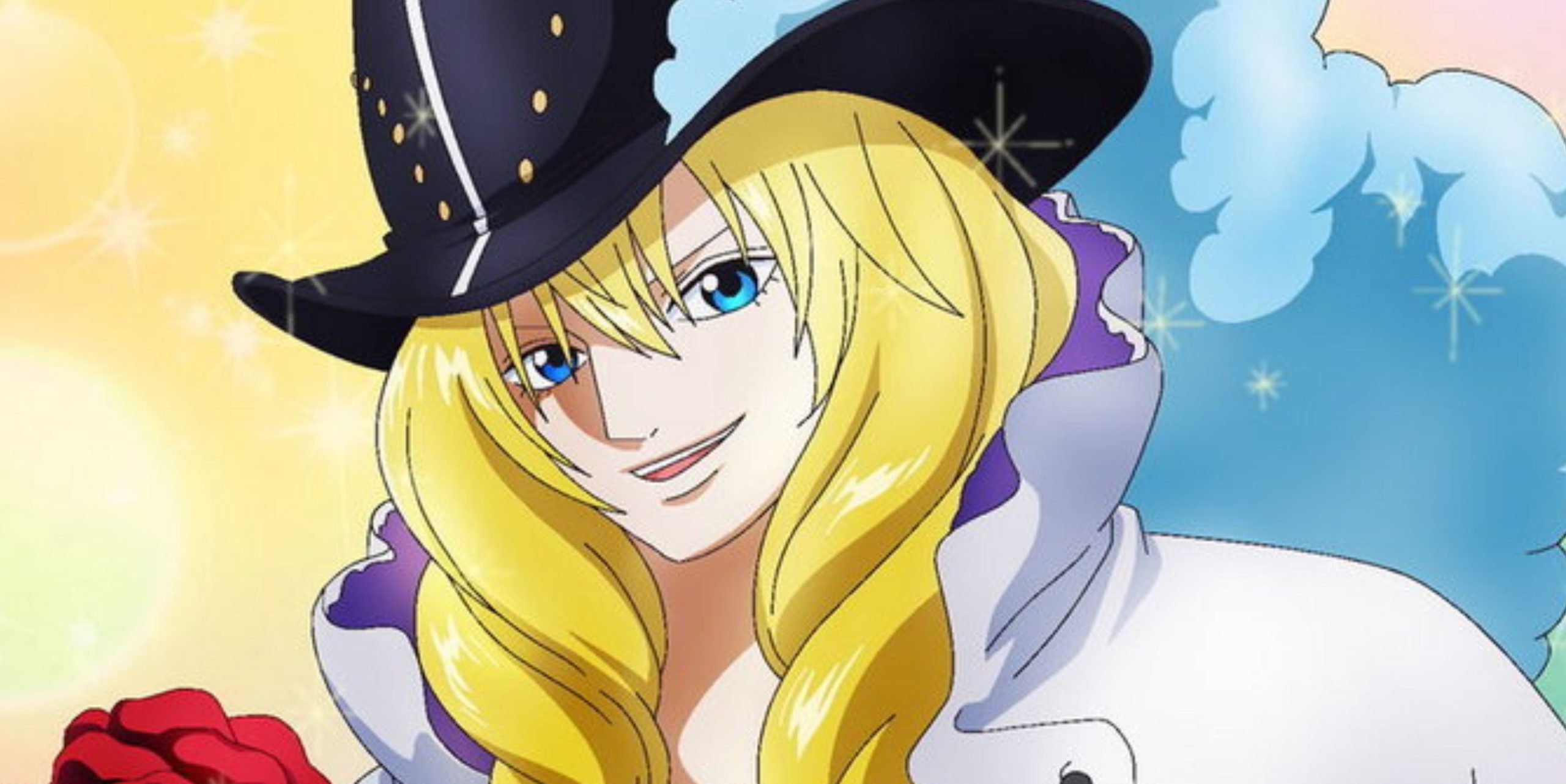
Sir Thomas Cavendish achieved fame for his pioneering voyages in the late 1500s, notably becoming one of the earliest navigators to successfully circumnavigate the globe.
His expeditions yielded considerable wealth through the capture of valuable goods, cementing his status as a prominent figure in maritime history.
The parallels between Cavendish and Sir Thomas Cavendish underscore themes of exploration and adventure within the One Piece narrative. Despite their differing backgrounds and motivations, both figures embody the spirit of daring exploration and the pursuit of riches on the high seas.
As Cavendish evolves from a rival to a steadfast ally of Luffy, his journey reflects the transformative power of camaraderie and shared goals in One Piece.
16. Bartolomeo
Bartolomeo the Cannibal has captured the hearts of One Piece fans worldwide, largely due to his unwavering devotion to Luffy, whom he regards as his ultimate idol. Despite his fervent admiration for the Straw Hat captain, Bartolomeo is a formidable pirate in his own right.
Within the narrative of One Piece, he plays a pivotal role in rallying Luffy’s grand fleet following the end of the Dressrosa arc.
In crafting Bartolomeo’s character, Eiichiro Oda draws inspiration from two historical figures, blending elements of piracy and exploration.
Firstly, Bartolomeo shares his occupation with Bartholomew “Black Bart” Roberts, a Welsh pirate renowned as one of history’s most successful buccaneers.
Roberts’ audacious exploits include the capture of an astounding 400 ships, cementing his place in maritime lore as a fearsome and prolific pirate.
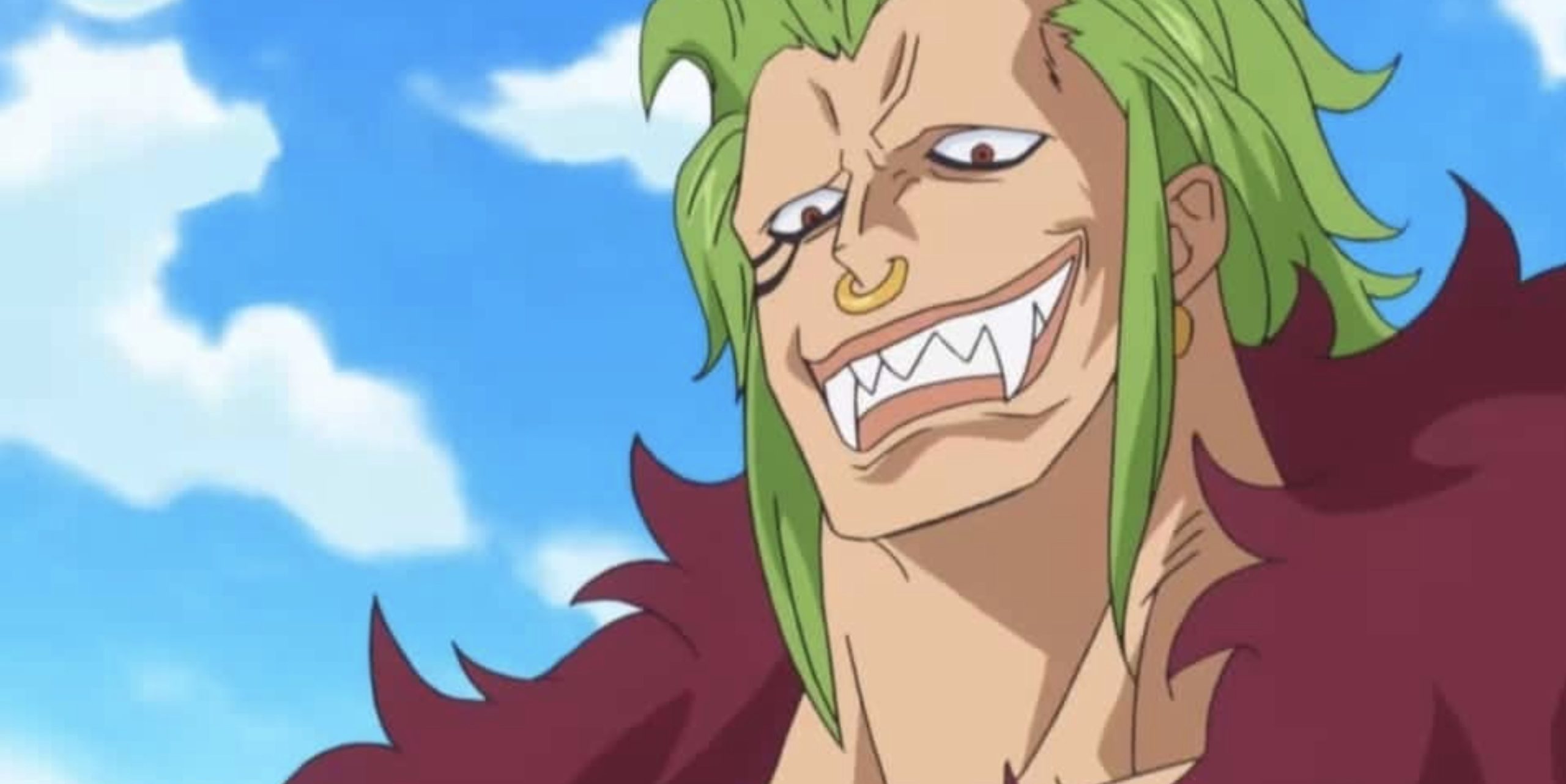
Secondly, Bartolomeo’s name bears a striking resemblance to that of Bartolomeu Dias, a Portuguese explorer whose groundbreaking voyages shaped the course of maritime history.
Dias achieved renown as the first European to explore the treacherous southern tip of Africa, opening up new maritime routes and expanding the known boundaries of the world.
By amalgamating these two historical figures into Bartolomeo’s character, Oda imbues the One Piece universe with layers of depth and historical resonance.
Bartolomeo’s dual identity as both a pirate and an explorer mirrors the complex interplay between adventure and danger that defines One Piece.
As a key player in Luffy’s grand fleet, Bartolomeo stands as a witness to the enduring spirit of camaraderie and adventure that pervades the series.
15. Alvida
Alvida holds the distinction of being the first female pirate encountered in the One Piece series, as well as the first known female Devil Fruit user. However, despite her early introduction, she does not stand among the most formidable women in the One Piece universe.
Her Devil Fruit, the Slip-Slip Fruit, bestowed upon her a remarkable physical transformation, rendering her skin incredibly smooth and slippery.
With this ability, she can effortlessly glide around, enhancing her maneuverability, although it offers little in terms of offensive prowess.

In crafting Alvida’s character, Eiichiro Oda draws inspiration from the legendary figure Awilda, who is said to have transitioned from a pirate to the Queen of Denmark.
While Awilda’s tale is steeped in legend, with many historians questioning its authenticity, her legacy endures as an amazing story rather than a documented historical account.
By incorporating elements of this legendary figure into Alvida’s character, Oda adds depth to her backstory and infuses One Piece with echoes of maritime folklore.
Though Alvida may not wield the same power as other prominent female characters in the series, her presence as a pioneering female pirate and Devil Fruit user contributes to the rich One Piece’s diverse cast of characters.
14. Gol D. Roger
Gol D. Roger stands as the linchpin of One Piece, serving as the catalyst for the entire narrative. As the fabled Pirate King, he beckons future buccaneers to seek out his vast treasure, known as the One Piece, and claim it as their own.
Moreover, he holds the distinction of being the father of Portgas D. Ace and once sailed alongside Rocks D. Xebec, a legendary figure from a bygone era.

In crafting Roger’s character, Eiichiro Oda draws inspiration from real-life pirates, notably Olivier Levasseur. Much like Roger, Levasseur issued a challenge for others to uncover his elusive treasure, which remains undiscovered to this day, adding to its mystique.
Additionally, Roger’s persona reflects shades of Henry Every, a notorious pirate of the 1600s renowned as the “King of Pirates,” whose exploits influenced subsequent figures such as Blackbeard.
By weaving elements of historical piracy into Roger’s mythos, Oda enriches the narrative One Piece, imbuing it with layers of intrigue and historical resonance.
The legacy of Gol D. Roger reverberates throughout the series, shaping the destinies of characters and fueling the quest for the legendary One Piece treasure.
13. Capone Bege
Capone “Gang” Bege, a former mobster-turned-pirate and member of the Worst Generation, embodies the fusion of criminality and piracy within the One Piece universe.
His name and persona draw clear inspiration from the infamous gangster Al “Scarface” Capone, whose legacy looms large over the criminal underworld.
In both name and demeanor, Capone “Gang” Bege exudes the aura of a stereotypical mob boss, characterized by his polite yet intense personality, impeccable attire, and unwavering authority over his Fire Tank Pirates crew.
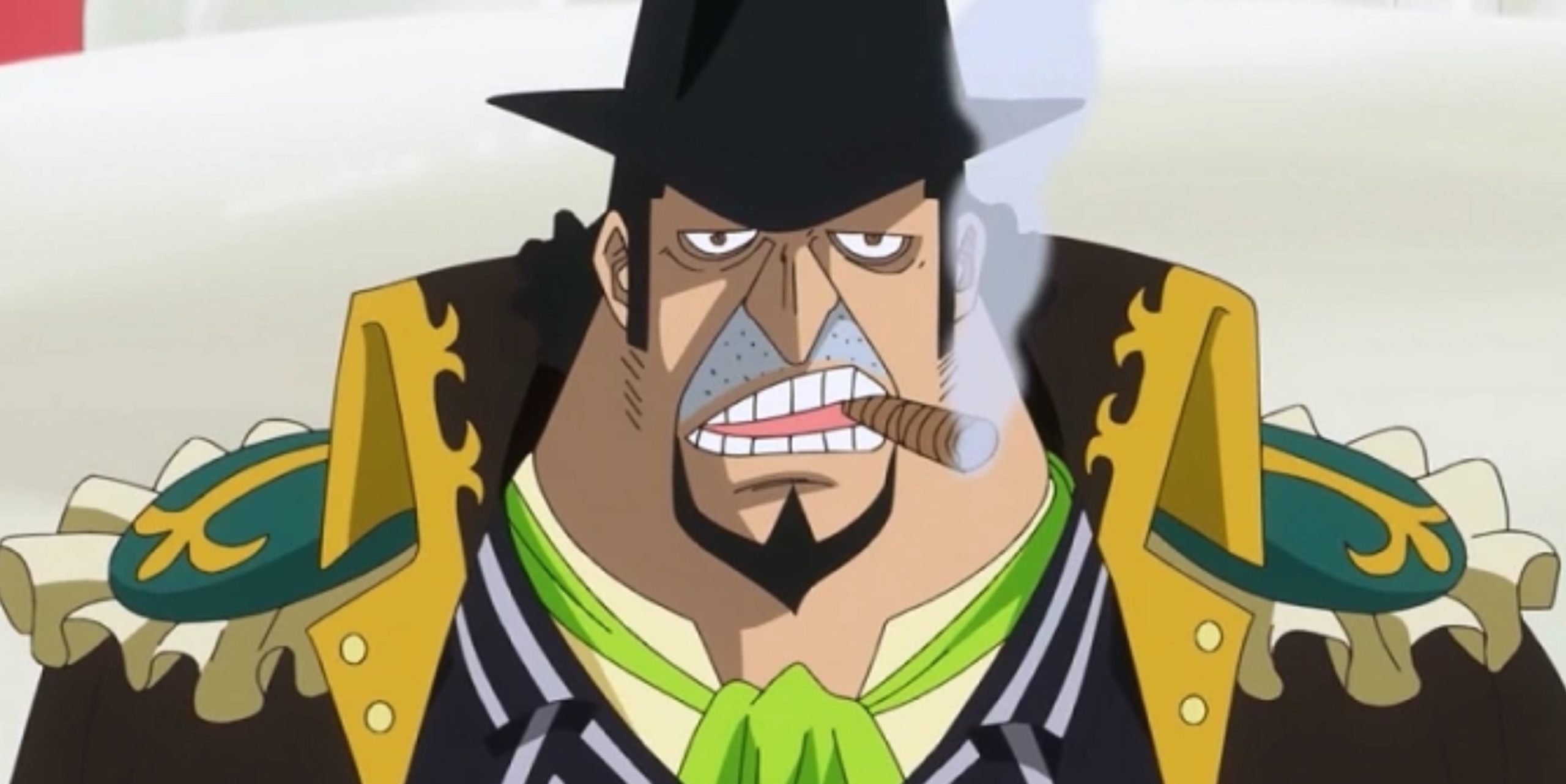
These traits mirror the traits often associated with figures of organized crime, adding depth and complexity to Bege’s character.
Al Capone, widely regarded as one of the most notorious mobsters of the Prohibition era, rose to prominence through his illicit activities, particularly the distribution of illegal alcohol during a time of nationwide prohibition.
His reign of terror, marked by violence and corruption, persisted until his eventual imprisonment in 1933 on charges of tax evasion.
Despite Capone’s incarceration, the specter of mob violence continued to cast a shadow over American society, highlighting the enduring impact of his criminal empire.
Through the character of Capone “Gang” Bege, Eiichiro Oda offers a compelling exploration of the intersection between piracy and organized crime, blending elements of real-world history with the fantastical One Piece.
As Bege explores the treacherous waters of the Grand Line, his presence serves as a reminder of the complex and multifaceted nature of power and authority in piracy.
12. Roronoa Zoro
Roronoa Zoro, a prominent member of the Worst Generation, stands as one of the most beloved characters in the One Piece series. As the first to join Luffy on his quest to become the Pirate King, Zoro’s unwavering dedication and formidable skills have endeared him to fans worldwide.
His personal ambition centers around attaining the title of the World’s Strongest Swordsman, a lofty goal born from his desire to honor the memory of his late friend, Kuina. Zoro’s journey is not only a witness to his own strength but also a poignant tribute to the bonds of friendship and the pursuit of excellence.
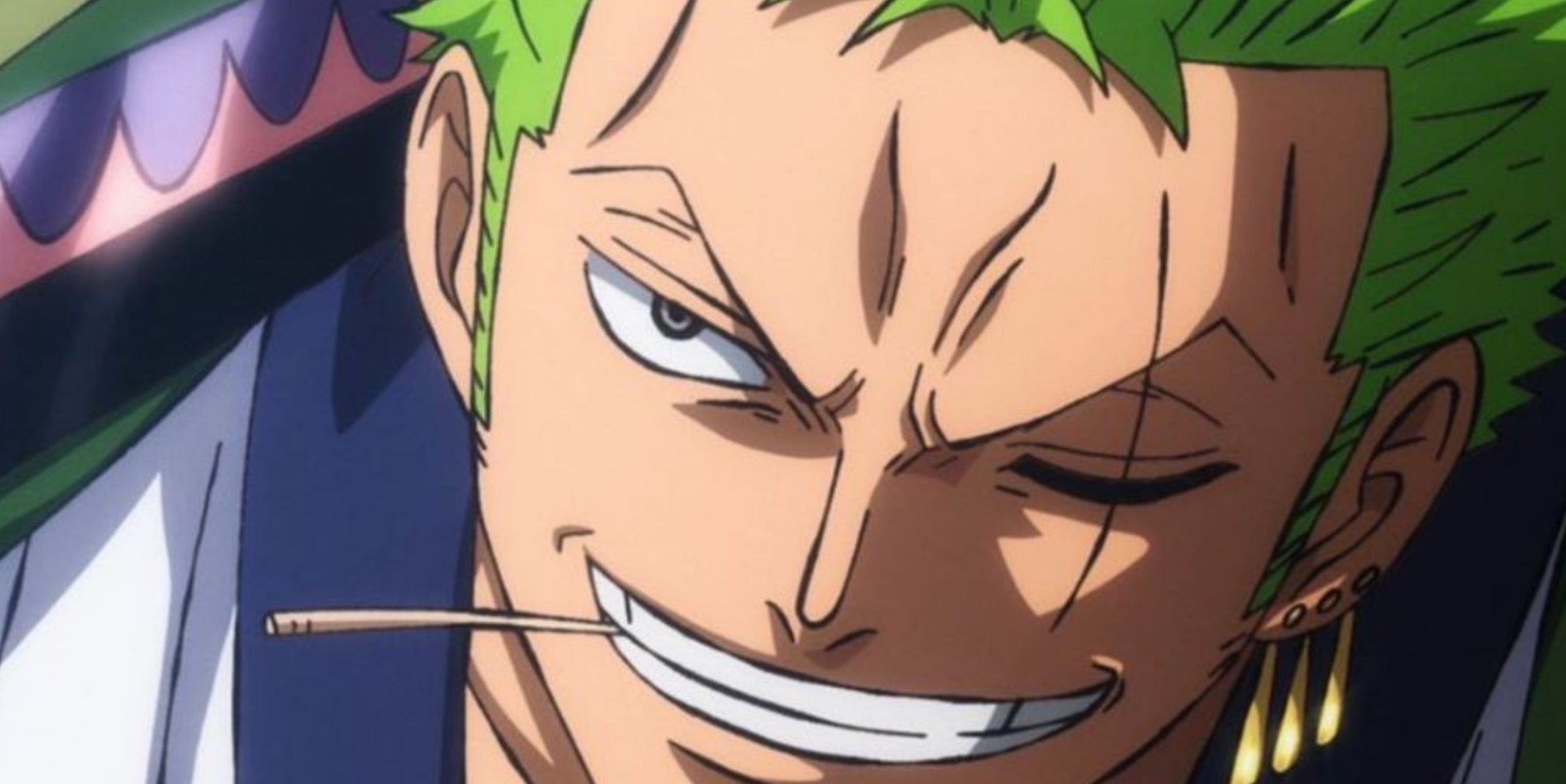
In his quest for mastery, Zoro faces off against the formidable swordsman Dracule Mihawk, both as a rival and as a source of inspiration. Their ongoing rivalry fuels Zoro’s determination to surpass his limits and claim the title he so fervently seeks.
Interestingly, Zoro’s character draws inspiration from the real-life pirate François l’Olonais, a renowned figure from the 1660s. The inclusion of Zoro’s surname, derived from the Japanese pronunciation of the pirate captain’s name, pays homage to this historical influence, adding depth and dimension to Zoro’s character.
Through Zoro’s portrayal, Eiichiro Oda weaves together elements of history and fiction, crafting a character whose journey resonates with audiences on both a personal and historical level.
As Zoro continues to carve his path in One Piece, his indomitable spirit and unwavering determination serve as an inspiration to all who seek to pursue their dreams against all odds.
11. Captain Blackbeard
Marshall D. Teach, better known as Blackbeard, commands the fearsome Blackbeard Pirates within the One Piece universe, earning himself a coveted position among the Four Emperors, the most formidable pirate captains of the seas.
His ascent to Yonko status came after a decisive victory over the remnants of the Whitebeard Pirates, solidifying his reputation as a force to be reckoned with.
Blackbeard’s prowess on the battlefield is nothing short of legendary, a witness to his formidable skills and cunning tactics. Notably, he possesses the remarkable ability to wield two Devil Fruits simultaneously, a feat that raises him to the ranks of the most powerful fighters in One Piece.

In crafting the character of Marshall D. Teach, Eiichiro Oda drew inspiration from the legendary pirate known as Blackbeard. While the real-life Blackbeard’s name was Edward Teach, Oda chose to adopt the last name of this infamous figure for his creation.
Thus, Marshall D. Teach was born, paying homage to the historical roots of the character while adding a distinctive twist to his name for One Piece.
By incorporating elements of historical piracy into Blackbeard’s character, Oda enriches the narrative One Piece, infusing it with echoes of maritime folklore and legend.
Blackbeard’s formidable presence and amazing nature ensure his place as one of the most compelling and formidable antagonists in the series, amazing audiences with his insatiable thirst for power and dominance on the high seas.
10. Jewelry Bonney
Jewelry Bonney made her debut as the sole female member of the notorious Worst Generation, amazing One Piece fans with her amazing persona.
For a time, her mysterious background fueled speculation among fans, with theories suggesting a potential connection to Big Mom due to their strikingly similar appearances. However, such conjecture proved unfounded, as Bonney’s true origins remained shrouded in secrecy.
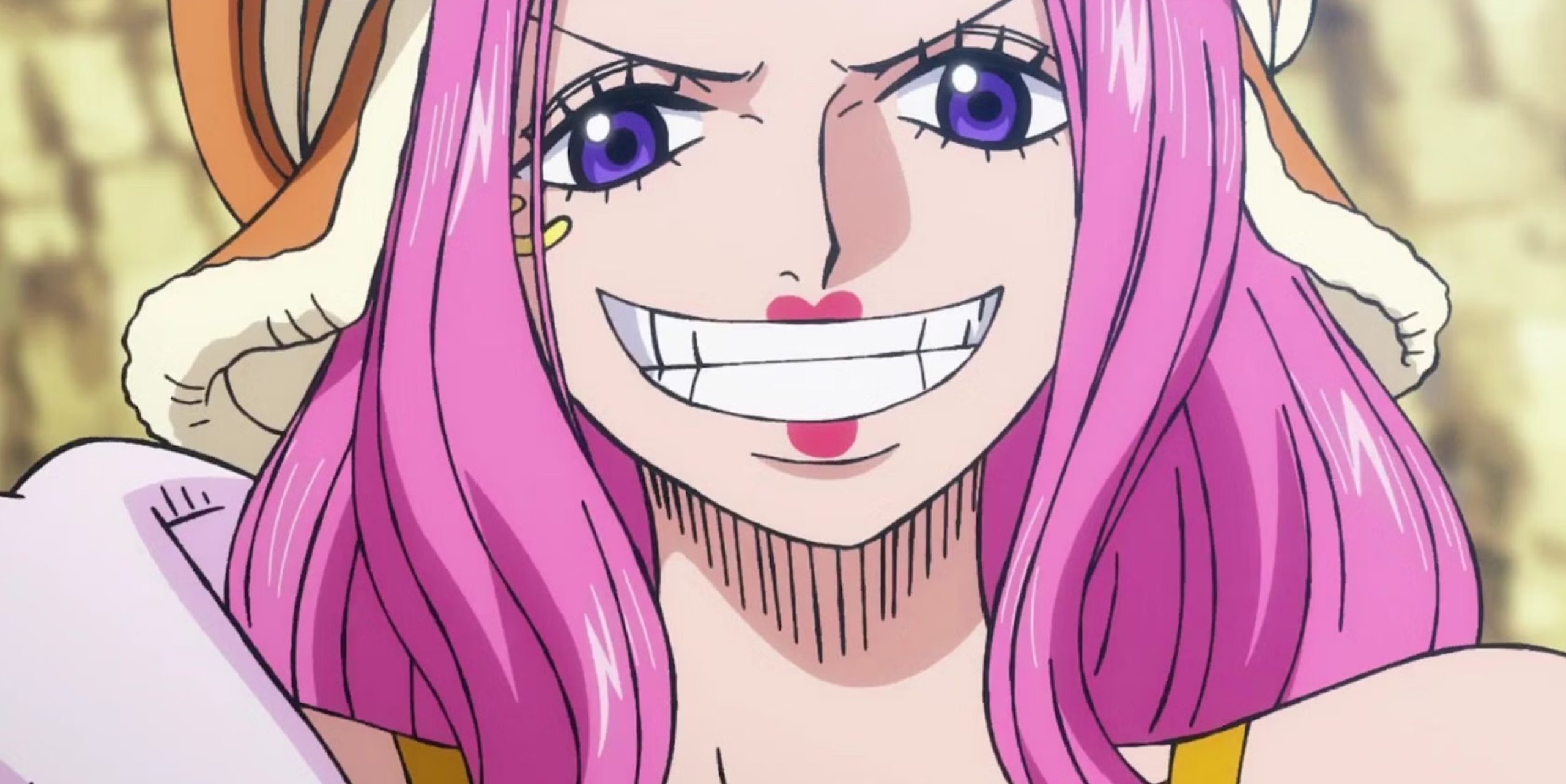
One of Bonney’s most intriguing abilities is her possession of a Devil Fruit that grants her the power to manipulate the physical age of herself and others. This unique ability adds an extra layer of complexity to her character, allowing her to explore piracy with unparalleled versatility.
In crafting the character of Jewelry Bonney, Eiichiro Oda draws inspiration from the real-life pirate Anne Bonny, a legendary figure from the 18th century. Born into nobility, Anne Bonny defied societal norms to embrace a life of piracy, leaving behind her privileged upbringing to carve her own path on the high seas.
Through Bonney’s portrayal, Oda pays homage to the daring spirit and fierce independence of Anne Bonny, imbuing his fictional creation with echoes of her real-life counterpart’s legacy.
As Bonney’s story proceeds and her role in One Piece evolves, her connection to the storied history of piracy adds depth and richness to her character, ensuring her place as a memorable and compelling figure within the series.
9. Charlotte “Big Mom” Linlin
Charlotte “Big Mom” Linlin, the formidable captain of the Big Mom Pirates, commands one of the most powerful crews in the annals of One Piece history.
Her origins trace back to her tenure as a member of the Rocks Pirates, a legendary crew renowned for its strength and influence. As the matriarch of her pirate family, Big Mom’s children, ranging from the witch-like Brulee to the formidable Charlotte Katakuri, share a unique bond as half-siblings united under their mother’s banner.
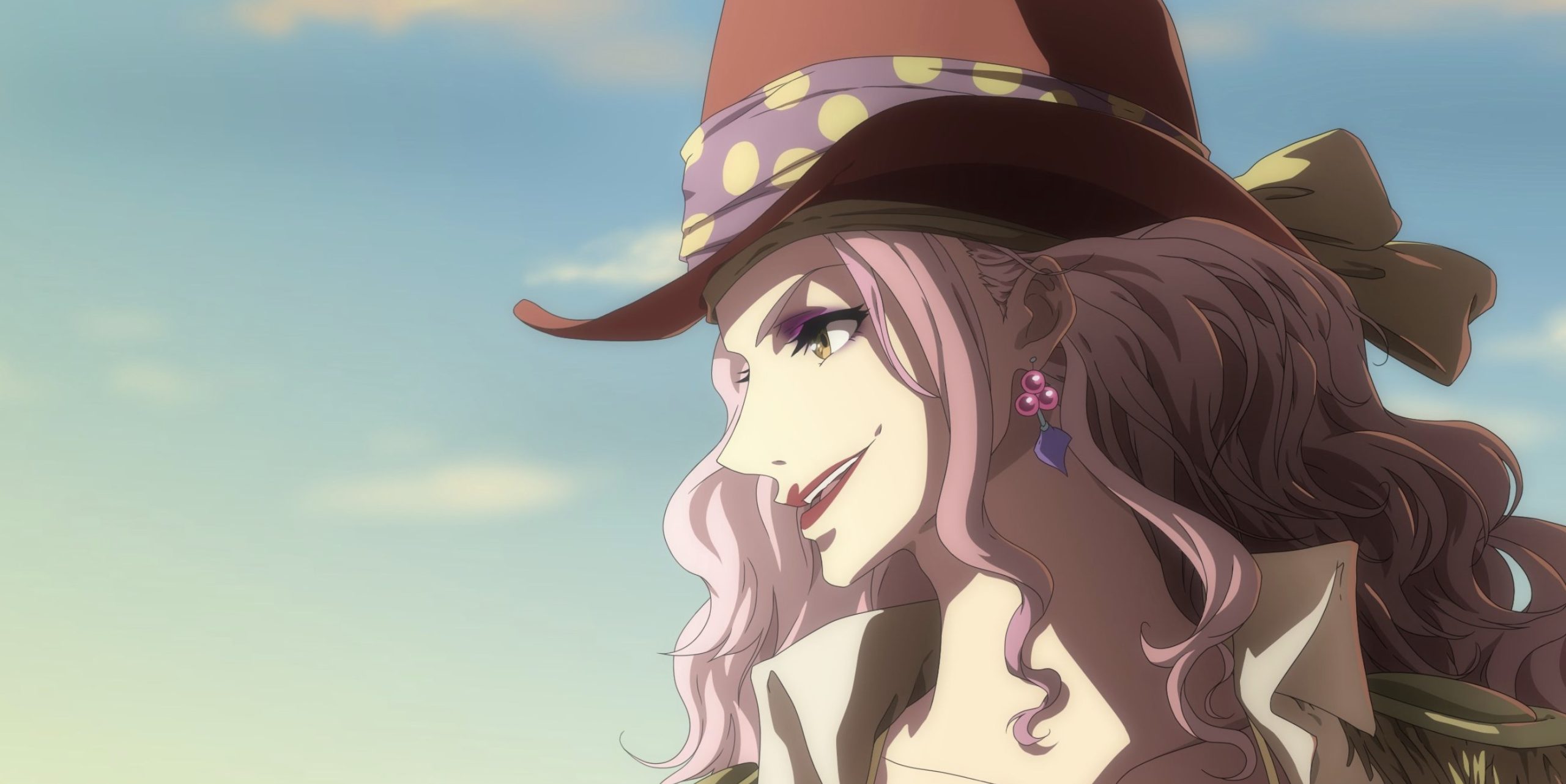
Furthermore, her alliance with Kaido, as evidenced in the Wano arc, underscores her significance in piracy.
Possessing the Soul-Soul Fruit, Big Mom wields formidable powers that enable her to manipulate and even take the souls of others, adding to her already imposing presence. Her staggering bounty of 4,388,000,000 berries speaks to her notoriety and the perceived threat she poses to the World Government.
In crafting the character of Charlotte “Big Mom” Linlin, Eiichiro Oda draws inspiration from real-life pirates, incorporating elements of their names and legacies into her persona.
The name “Charlotte” likely pays homage to historical figures such as Charlotte Badger and Charlotte de Berry, both of whom left their mark on piracy in their own right.
Through Big Mom’s character, Oda explores themes of power, family, and ambition, creating a multifaceted antagonist whose presence looms large over One Piece.
As Big Mom continues to exert her influence and pursue her goals, her legacy as one of the most formidable pirates in the series is assured.
8. Edward Newgate
Edward Newgate, renowned throughout the world as Whitebeard, epitomized strength and authority as a former Emperor, earning titles such as the Strongest Man in the World and the King of the Seas.
Until his final moments, there was no denying Whitebeard’s formidable presence and unrivaled power. With the Tremor-Tremor Devil Fruit at his disposal, he wielded the ability to unleash devastating earthquakes, further cementing his status as a force to be reckoned with.
Additionally, his mastery of Haki added another layer of potency to his already formidable arsenal.
In crafting the character of Whitebeard, Eiichiro Oda draws inspiration from both historical piracy and popular culture. Whitebeard’s first name, Edward, pays homage to Edward Teach, better known as Blackbeard, a legendary pirate whose exploits have left an indelible mark on maritime history.
His last name, Newgate, is derived from Newgate Prison, a notorious institution in London infamous for incarcerating numerous infamous pirates during the Golden Age of Piracy.
Physically, Whitebeard bears a striking resemblance to Hulk Hogan, a celebrated wrestler known for his larger-than-life persona and immense strength. This nod to popular culture adds an extra layer of depth to Whitebeard’s character, underscoring his status as a larger-than-life figure within the One Piece universe.
Through Whitebeard, Oda covers the core of power, resilience, and legacy, creating a character whose presence reverberates throughout the series long after his passing.
As a central figure in One Piece, Whitebeard’s influence extends far beyond the confines of the narrative, leaving an enduring impact on both characters and readers alike.
7. The Five Elders
The emergence of the Five Elders as significant players in the One Piece narrative marks a culmination of seeds planted early in the series, with their recent confrontation with the Straw Hats on Egghead Island adding depth and intrigue to their characters.
As their names and designs are revealed, it becomes evident that the Five Elders draw inspiration from historical and political figures, enriching their portrayal within the story.
Jaygarcia Saturn, the first Elder whose name is revealed, exhibits a design reminiscent of the renowned thinker Karl Marx and the Italian patriot Giuseppe Garibaldi. This blending of revolutionary and nationalist influences underscores the complexity of his character and his potential role in shaping One Piece.
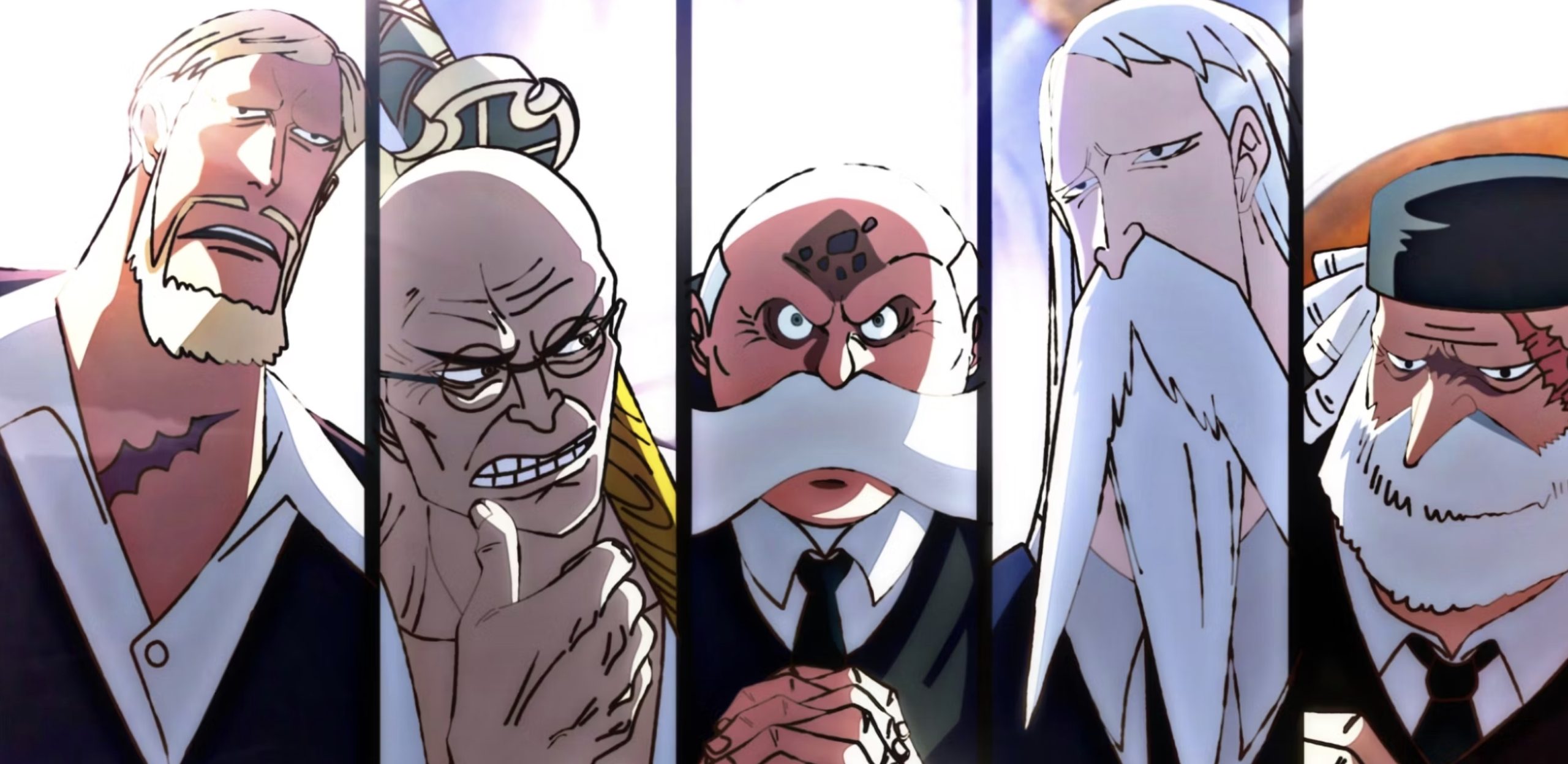
Ju Peter, with his amalgamation of traits from American presidents Abraham Lincoln and John F. Kennedy, embodies ideals of leadership and progressiveness.
Meanwhile, Marcus Mars pays homage to Count Itagaki Taisuke, a pivotal figure in Japan’s political history as the founder of its first political party, adding layers of cultural and historical significance to his character.
Topman Warcury’s design draws from the legacy of Mikhail Gorbachev, the final leader of the Soviet Union, symbolizing notions of reform and change.
Lastly, Ethanbaron V. Nusjuro’s character reflects a fusion of pacifist principles embodied by Mahatma Gandhi and the authoritarian rule associated with Japanese dictator Hideki Tojo, highlighting the juxtaposition of conflicting ideologies within the Five Elders.

Through the incorporation of these historical and political influences, Eiichiro Oda deepens the narrative complexity of the Five Elders, transforming them from mere amazing figures into dynamic and multifaceted characters.
As the story proceeds and their roles within One Piece become clearer, their historical inspirations serve as poignant reminders of the enduring impact of real-world figures on the course of history.
6. Lafitte
Lafitte, a trusted crewmate of Blackbeard, holds a significant role within the ranks of the notorious Blackbeard Pirates. Originating as a sheriff in a West Blue town, Lafitte’s propensity for violence led to his imprisonment, ultimately paving the way for his entry into piracy as a member of Blackbeard’s crew.
Currently, he commands the fifth ship of the formidable Blackbeard Pirates, lending his skills and cunning to their endeavors.
One of Lafitte’s most notable abilities is his unique talent for hypnotism, a skill that proved instrumental in the Blackbeard Pirates’ infiltration of the impregnable Impel Down prison. Through his hypnotic prowess, Lafitte facilitated their seamless arrival at this formidable stronghold, demonstrating his value as a strategic asset to the crew.
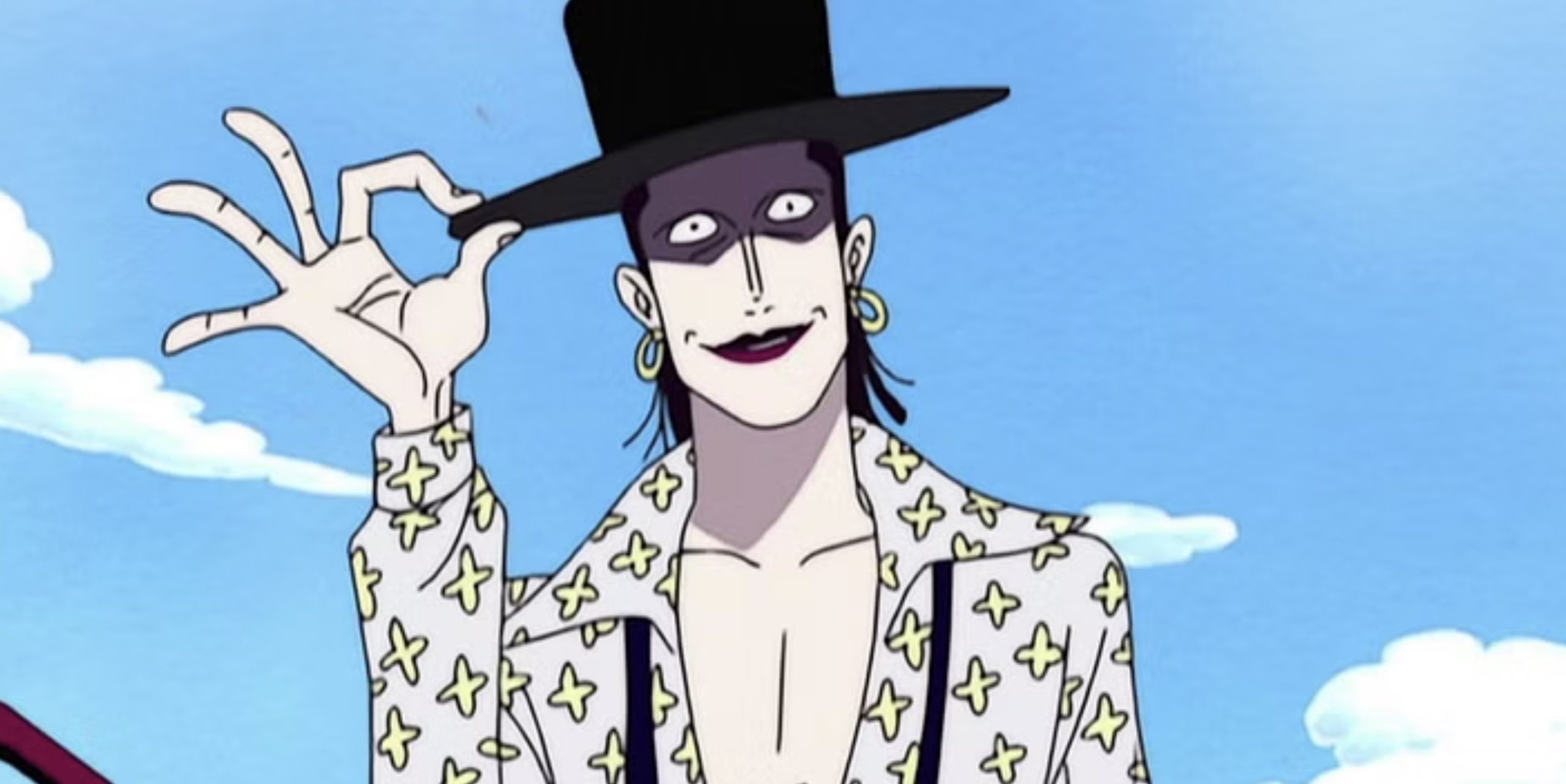
In crafting the character of Lafitte, Eiichiro Oda draws inspiration from the historical figure of Jean Lafitte, a complex figure who transitioned from being a protector of the law to a notorious pirate.
Jean Lafitte’s life proceeded during the tumultuous 19th century, marked by a thirst for action and wealth that ultimately led him to embrace a life of piracy.
Through Lafitte’s portrayal, Oda explores themes of transformation and duality, crafting a character whose journey echoes that of his real-life counterpart. Lafitte’s transition from lawman to pirate underscores the fluid nature of morality within One Piece, where characters explore complex loyalties and motivations.
As Lafitte continues to play a pivotal role within the Blackbeard Pirates, his character serves as a compelling exploration of the nuances of loyalty, ambition, and identity in the ever-evolving piracy.
5. Eustass Kid
Eustass Kid stands as one of the most notorious and formidable pirates in the One Piece world, recognized for his prominent role within the Worst Generation alongside fellow pirate Jewelry Bonney.
As the captain of the Kid Pirates, he commands respect and fear among both allies and adversaries alike. Renowned as one of the strongest Supernovas, Kid’s exploits include inflicting injuries upon a Sweet Commander of the Big Mom Pirates and aiding Trafalgar D. Water Law in a daring confrontation against Big Mom during the raid on Onigashima Island.
In crafting the character of Eustass Kid, Eiichiro Oda draws inspiration from historical piracy, imbuing his creation with echoes of real-life figures and legends.

Kid’s surname, derived from Eustace the Monk, a French pirate known for his mercenary activities, reflects the ruthless and cunning nature of his character.
Meanwhile, his epithet “Kid” pays homage to William “Captain” Kidd, a Scottish pirate infamous for his exploits on the high seas and eventual execution for piracy.
Through Kid’s portrayal, Oda explores themes of ambition, power, and survival within One Piece, presenting a character whose journey mirrors that of the legendary figures who inspired him. Kid’s unwavering determination and willingness to challenge the established order epitomize the spirit of piracy, as he explores treacherous waters in pursuit of his goals.
As Eustass Kid continues to leave his mark on the One Piece narrative, his character serves as a compelling reminder of the enduring allure and complexity of piracy, where legends are born and destinies are forged amidst the tumultuous waves of the Grand Line.
4. Captain Morgan
Captain Morgan, the first Marine of notable rank encountered by Luffy, serves as the primary antagonist in the brief yet impactful Romance Dawn story arc within the East Blue saga of One Piece.
Known for his unwavering commitment to absolute and totalitarian justice, Captain Morgan embodies the uncompromising nature of the Marine ethos.
Inspired by the historical figure of Henry Morgan, Captain Morgan draws his name from the renowned pirate-turned-plantation owner who eventually rose to become the governor of Jamaica. However, beyond this shared moniker, the differences between the two individuals are stark.
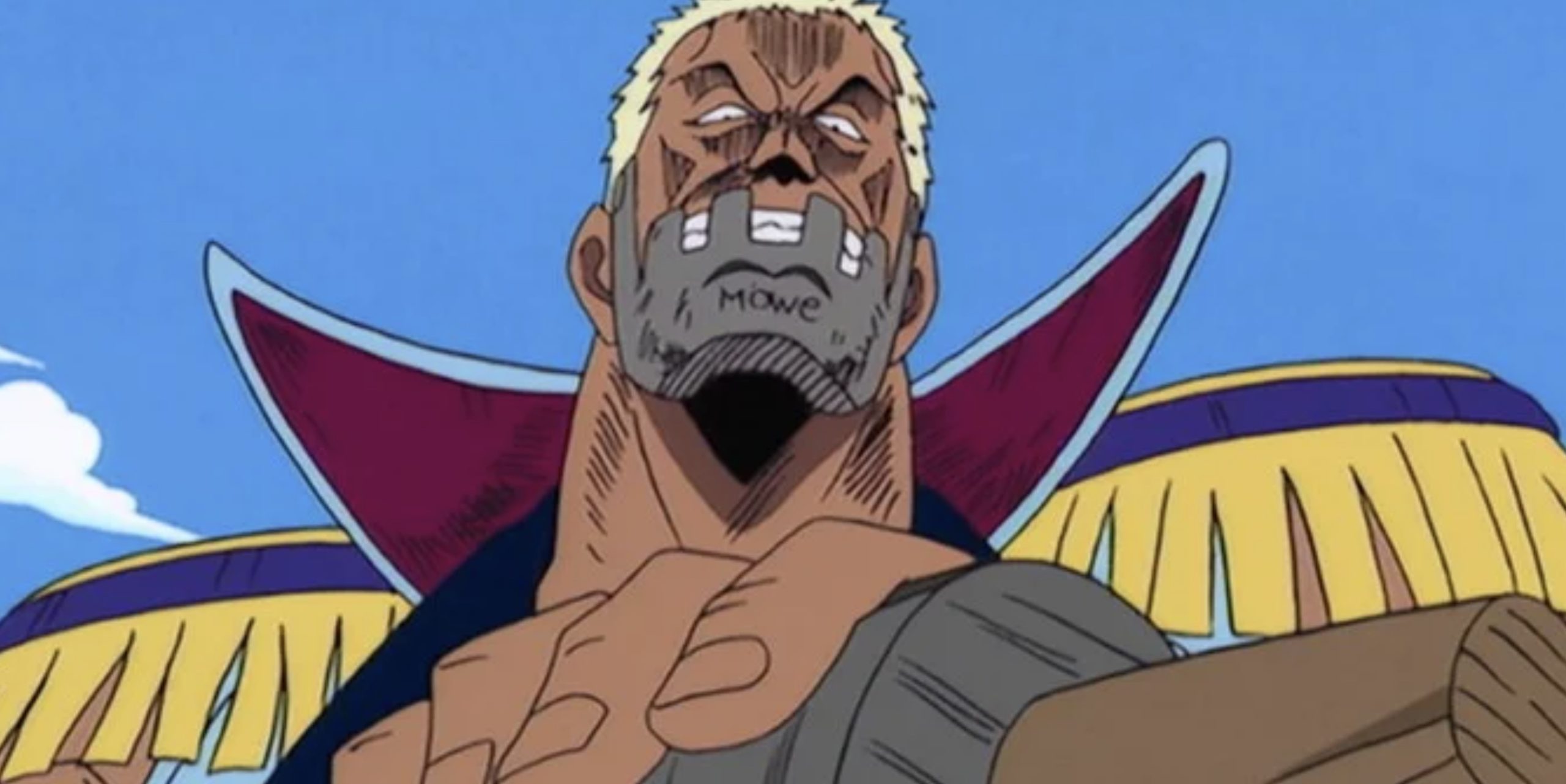
Henry Morgan’s legacy is steeped in the lore of piracy, with his daring exploits and conquests earning him a place in maritime history. Despite his piratical past, Morgan transitioned into a position of authority and respectability, ultimately wielding power as a colonial governor.
In contrast, Captain Morgan’s character epitomizes the rigid and dogmatic principles of Marine justice, representing the forces of order and control within the One Piece world.
While his namesake may evoke images of adventure and rebellion, Captain Morgan stands as a symbol of authority and discipline, enforcing the law with an iron fist.
Through the character of Captain Morgan, Eiichiro Oda explores the complexities of justice and power within One Piece, presenting a formidable antagonist whose actions and beliefs challenge the ideals of freedom and autonomy championed by the series’ protagonists.
As Luffy and his crew explore the trials and tribulations of the Grand Line, encounters with figures like Captain Morgan serve as reminders of the ever-present struggle between order and chaos in the quest for true justice.
3. Basil Hawkins
Basil Hawkins, once the captain of the notorious Hawkins Pirates, has since aligned himself with Kaido, the fearsome King of Beasts, ascending to the rank of headliner within the formidable Beasts Pirates.
Possessing the formidable abilities granted by the Straw-Straw Fruit, Hawkins wields control over straw with exceptional skill, utilizing his powers to devastating effect in battle. Notably, he demonstrates remarkable proficiency in creating voodoo dolls, which serve as conduits for absorbing damage and deflecting harm away from himself.
The origins of Basil Hawkins’ name offer insights into his character’s depth and complexity. The name “Basil” is likely derived from Basil Ringrose, an English buccaneer and author whose exploits and writings left an indelible mark on maritime history.
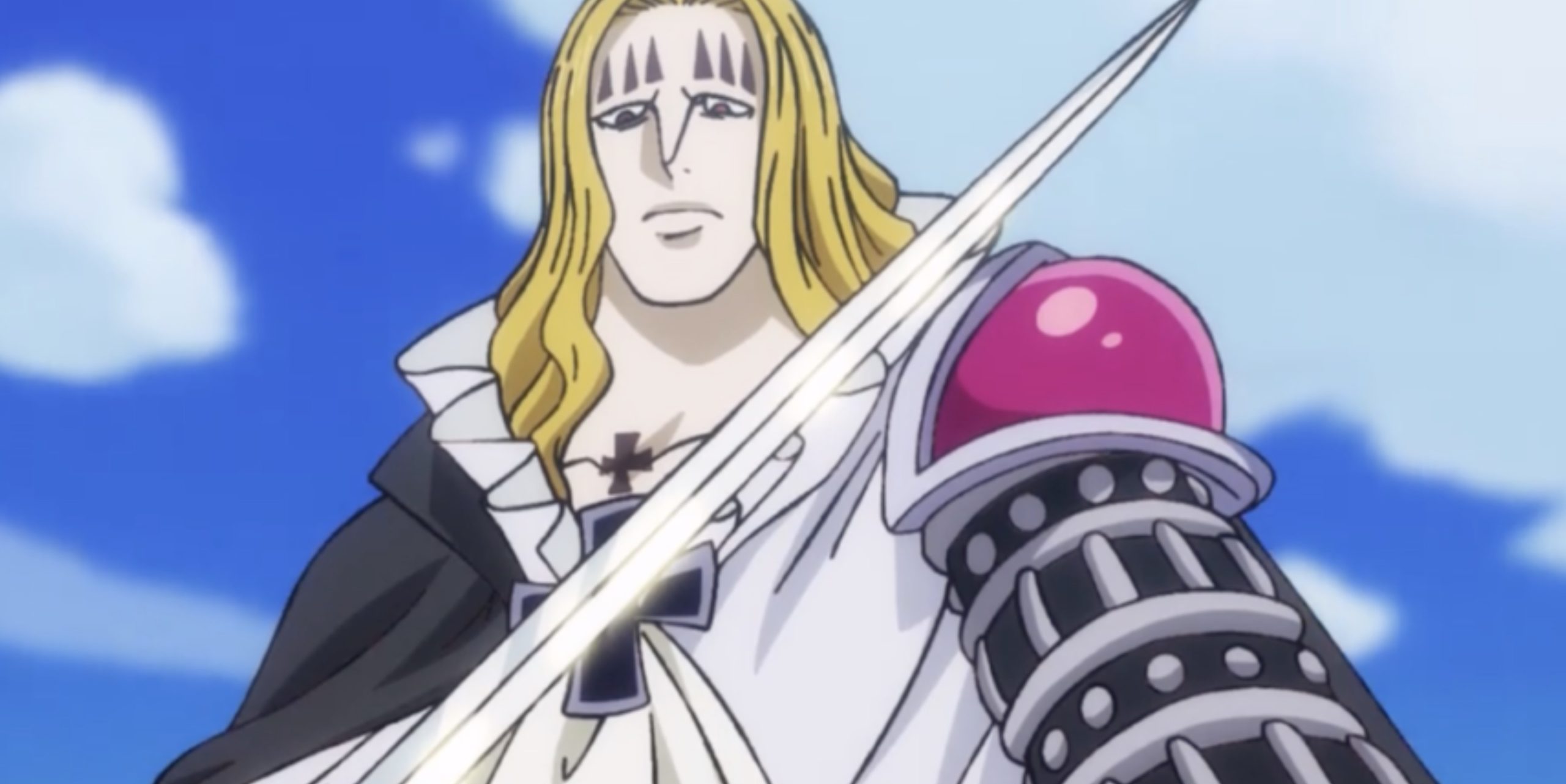
Meanwhile, “Hawkins” bears connections to John Hawkins, a distinguished British naval commander of the 17th century, whose legacy reverberates throughout the annals of naval warfare. Additionally, the name evokes associations with the protagonist of Robert Louis Stevenson’s iconic tale, Treasure Island, adding an element of literary resonance to Hawkins’ character.
Through the character of Basil Hawkins, Eiichiro Oda explores the interplay between history, literature, and mythology within One Piece, weaving together disparate threads to create a character whose presence resonates with echoes of the past.
As Hawkins explores the treacherous waters of the New World alongside his fellow Beasts Pirates, his abilities and alliances serve as a witness to the complexities of power and ambition in the pursuit of dominance on the high seas.
2. Silvers Rayleigh
Silvers Rayleigh, a former member of one of the most formidable crews to ever explore the treacherous waters of the Grand Line, stands as a witness to the enduring legacy of his era. Despite lacking a Devil Fruit of his own, Rayleigh’s reputation as one of the strongest characters in the One Piece series remains unshaken.
While the passage of time may have dulled his abilities to some extent, Rayleigh’s formidable prowess is such that he can still hold his own against a Navy Admiral, a witness to his enduring strength and skill.
The origins of Silvers Rayleigh’s name offer intriguing insights into his character’s multifaceted persona. Drawing inspiration from the Englishman Sir Walter Rayleigh, whose endeavors helped popularize tobacco usage in English society, Rayleigh’s character embodies elements of innovation and influence.
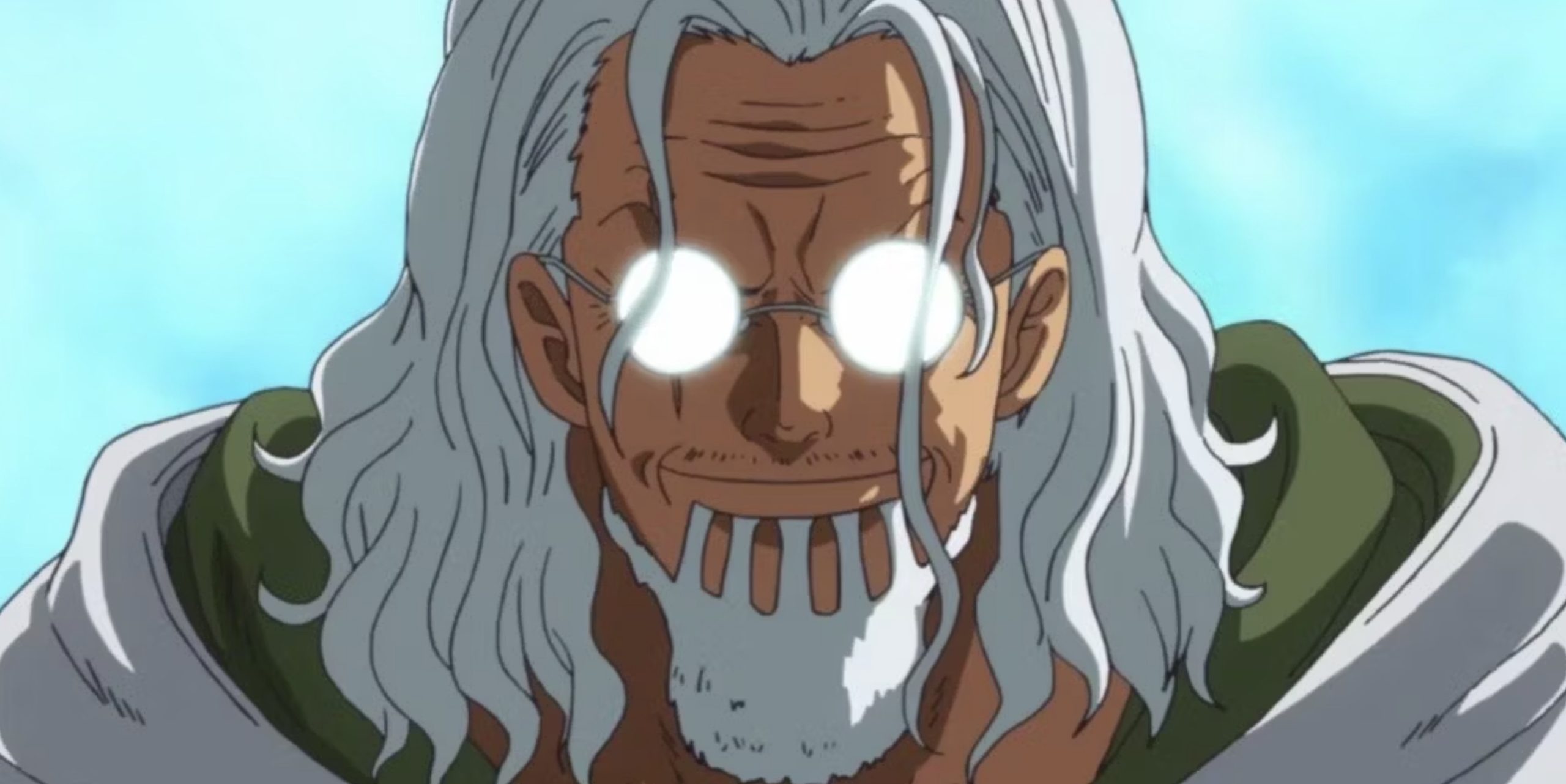
Additionally, parallels can be drawn between Rayleigh and John Silver, the iconic character from Robert Louis Stevenson’s classic tale, Treasure Island, further enriching his character with layers of literary resonance.
Moreover, Rayleigh’s name itself, “Silver,” serves as a fitting descriptor for his esteemed position as the second-most powerful crewmate within Gol D. Roger’s legendary crew, with the amazing Gol D. Roger himself holding the mantle of #1.
Through his association with Roger and his own formidable abilities, Rayleigh emerges as a figure of immense significance within the annals of One Piece lore, leaving an indelible mark on both the series’ narrative and its readers.
As Silvers Rayleigh continues to explore the currents of the New World and impart his wisdom to the next generation of pirates, his character remains a shining example of strength, resilience, and enduring legacy in One Piece.
1. X Drake
X Drake, a formidable member of the fearsome Beasts Pirates and an esteemed member of the Tobi Roppo, holds a position of significant influence and power within Kaido’s formidable crew.
Possessing the ancient mythical Zoan-type Devil Fruit known as the Dragon-Dragon Fruit, Model: Allosaurus, Drake commands the ferocious abilities of this ancient beast with formidable skill and control.
His mastery over his Devil Fruit, coupled with his proficiency in Armament Haki, solidifies his status as one of the top six strongest crewmates within the Beasts Pirates.

The origins of X Drake’s character draw inspiration from the renowned English pirate and explorer Sir Francis Drake, whose exploits and adventures during the Elizabethan era left an indelible mark on maritime history.
Much like his historical counterpart, X Drake embodies the spirit of exploration and daring, exploring the treacherous seas of the Grand Line with a sense of purpose and determination.
Through his association with Sir Francis Drake, X Drake’s character is imbued with elements of adventure, discovery, and resilience, mirroring the legendary exploits of his namesake.
As he continues to explore the perilous waters of the New World alongside his fellow Beasts Pirates, X Drake stands as a witness to the enduring legacy of piracy and exploration within One Piece.

